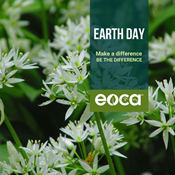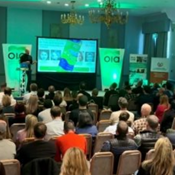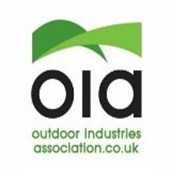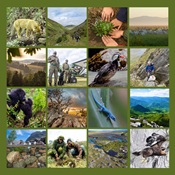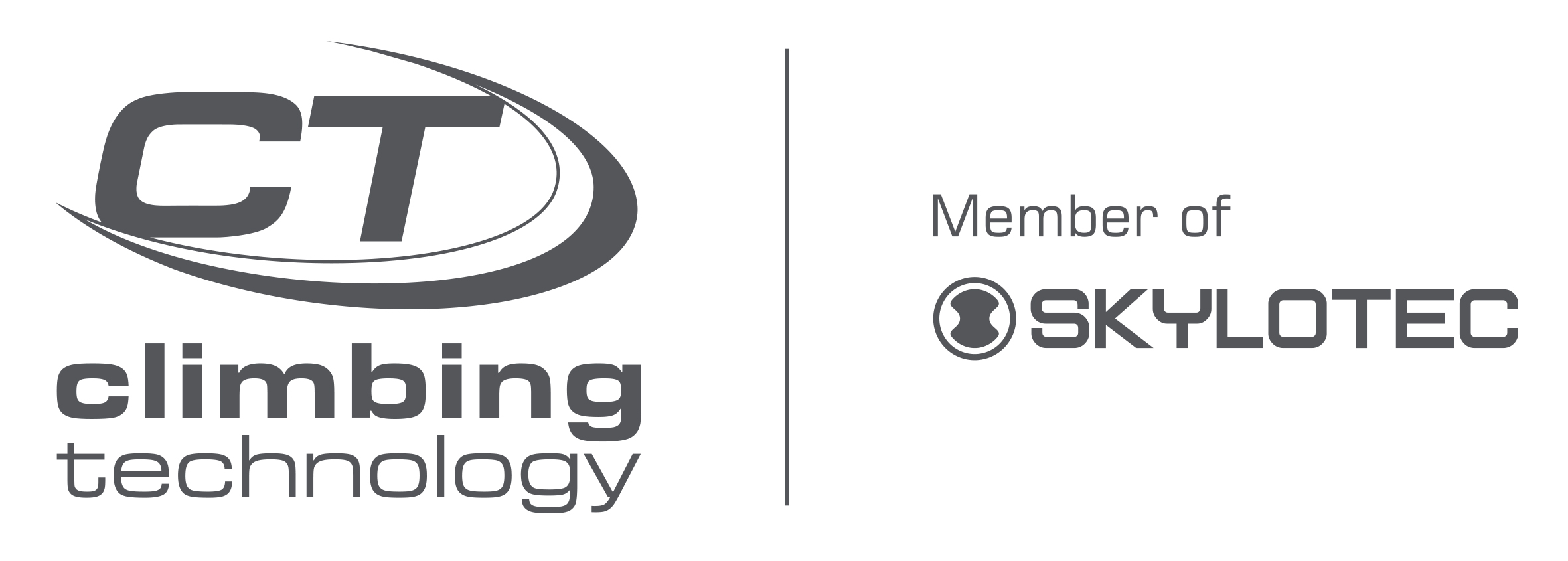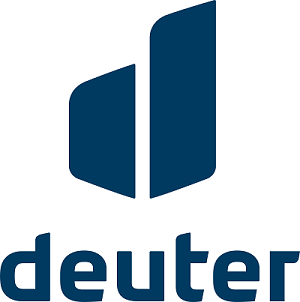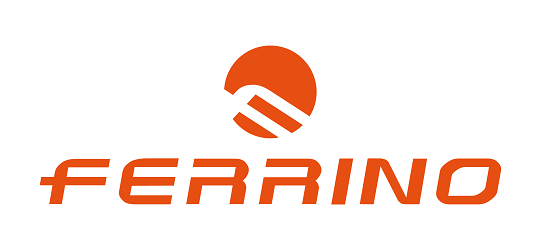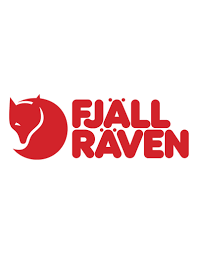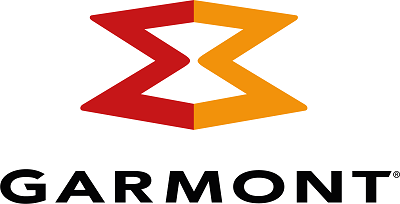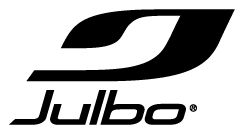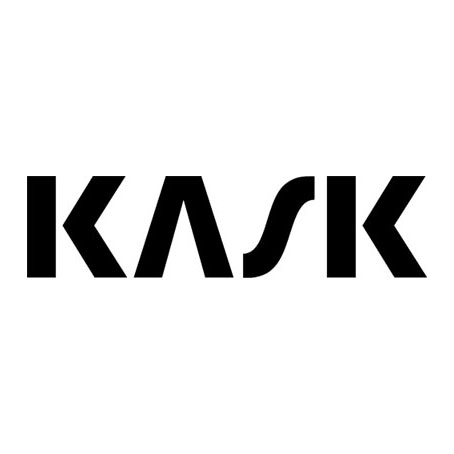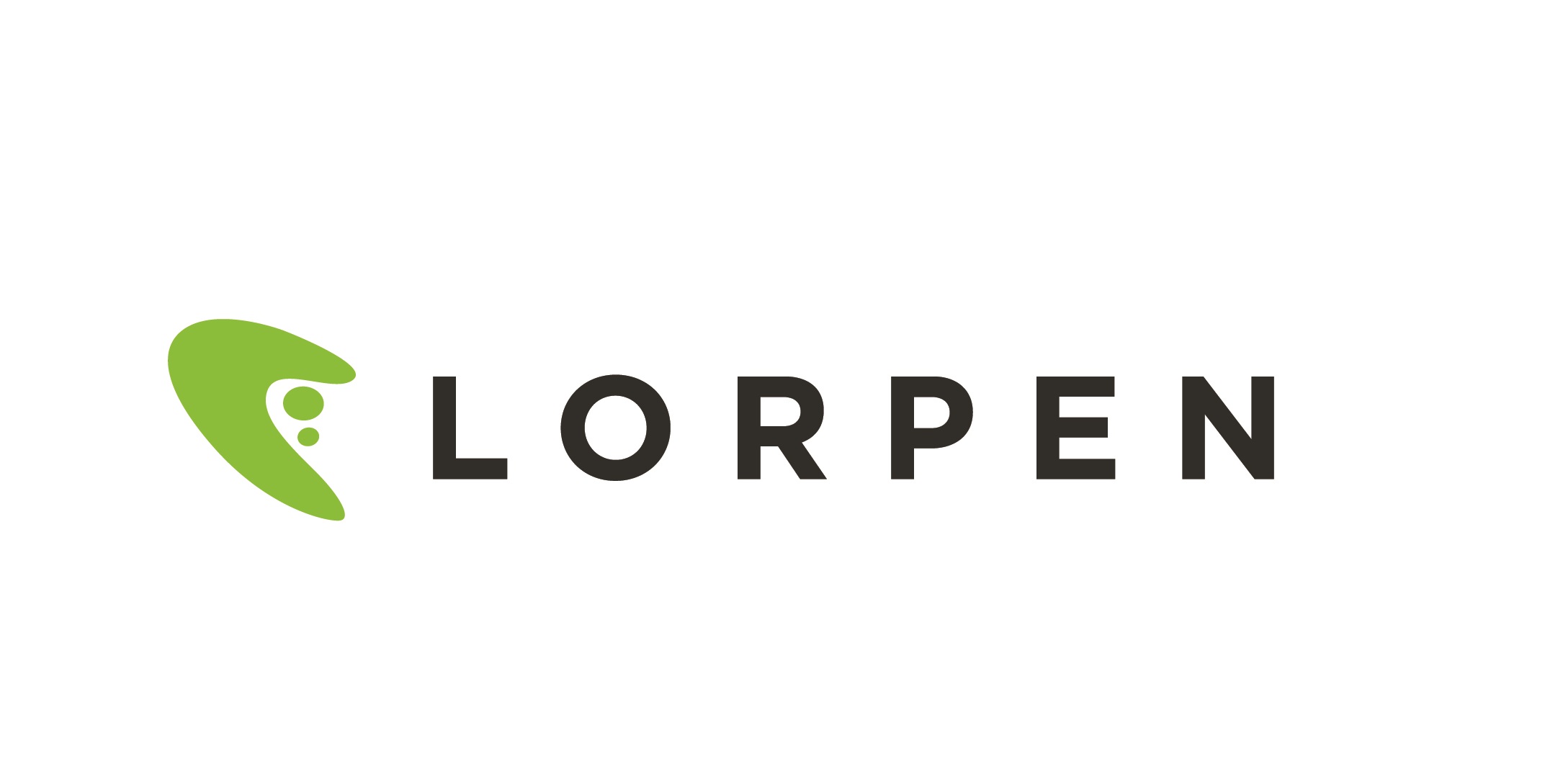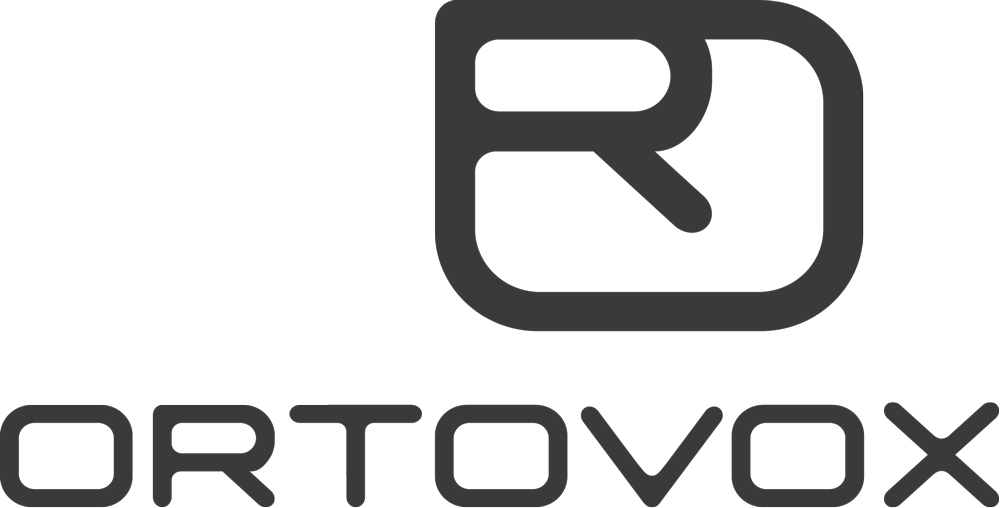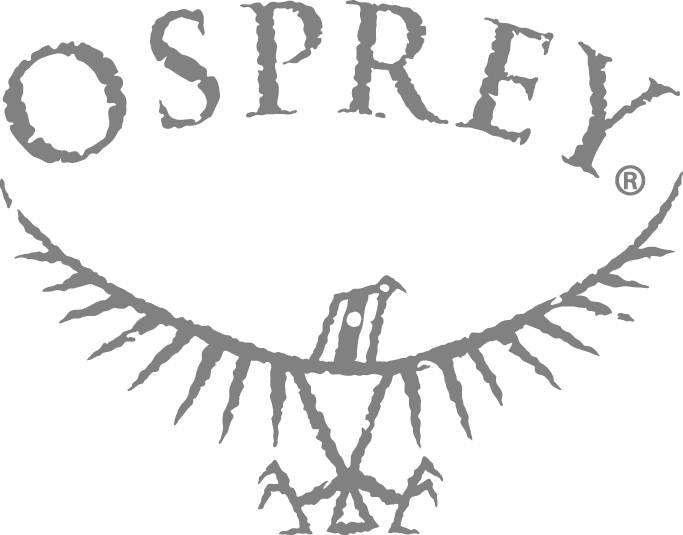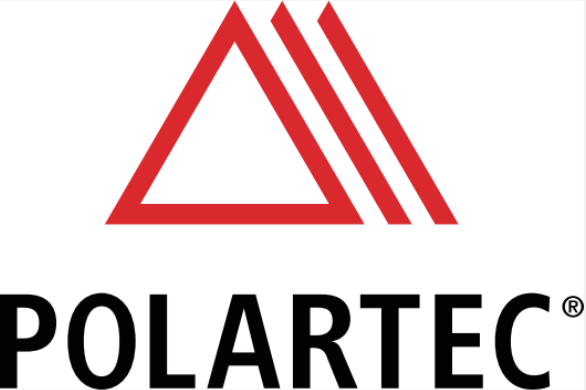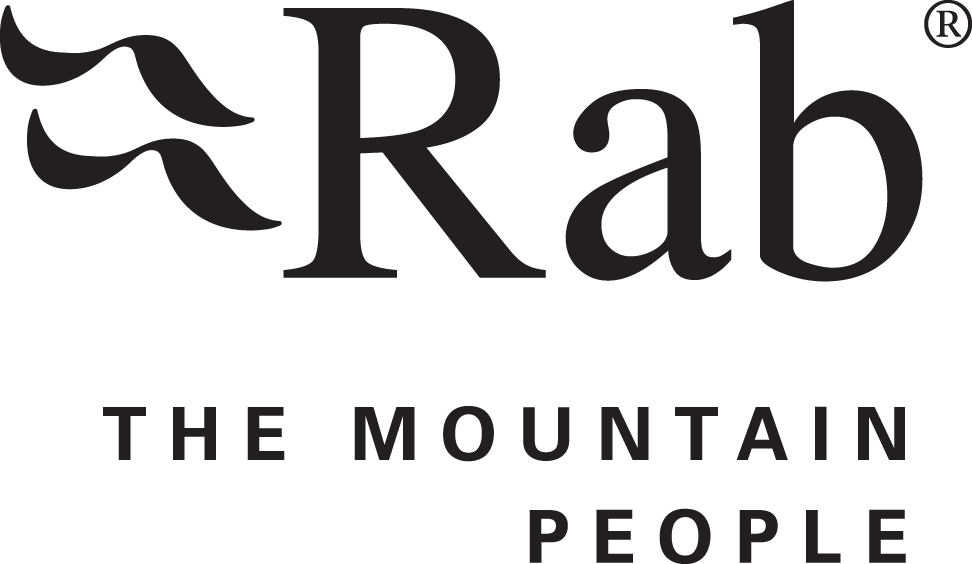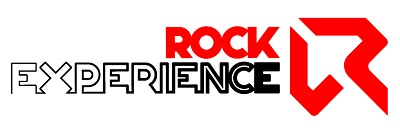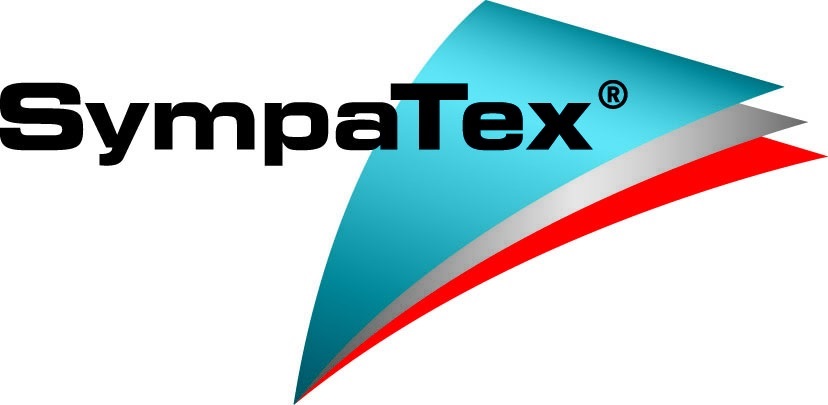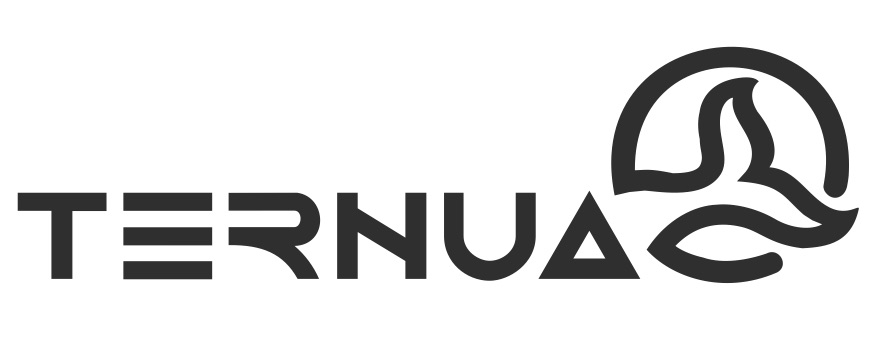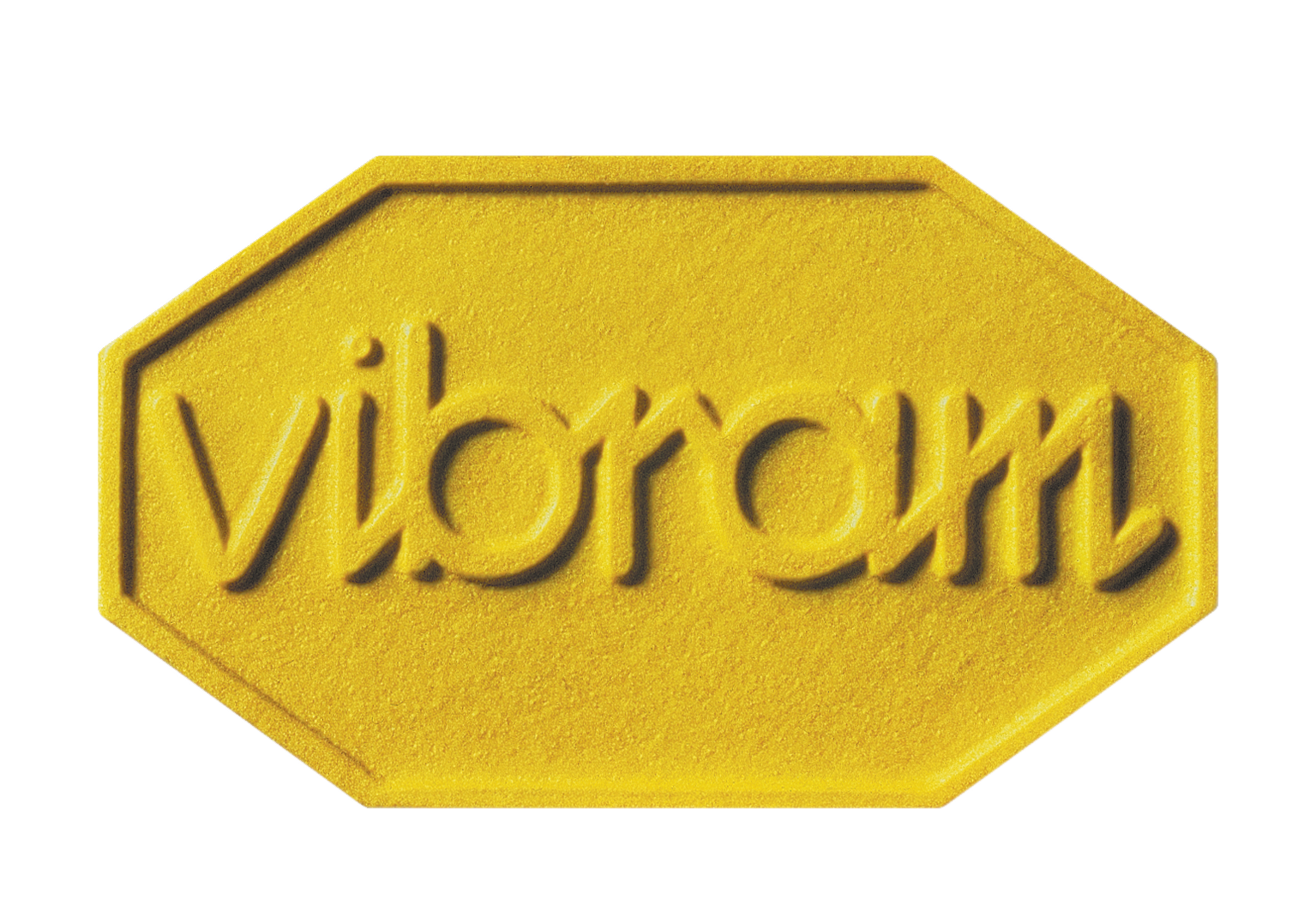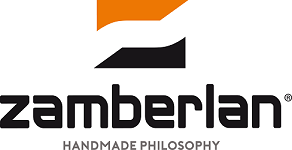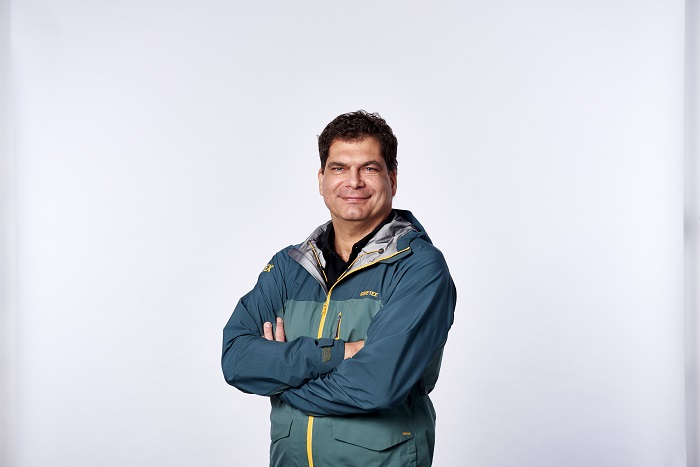
W. L. Gore & Associates (Gore) announced ambitious environmental and chemical management goals for 2020 as part of Gore Fabrics Division’s long-term sustainability program. These goals complement its existing chemicals management program which is based upon stringent and independent third party standards like bluesign® system and OEKO-TEX®.
Included in these goals is Gore Fabrics’ intent to eliminate PFCs of Environmental Concern from its consumer fabrics products as an important milestone in its long-term journey towards continuously reducing the environmental footprint of its products throughout their full life cycle. By implementing an aggressive innovation program, Gore is working towards the elimination of PFCs of Environmental Concern from its Durable Water Repellent (DWR) treatments and membrane manufacturing processes as a two-step initiative:
- By the end of 2020, Gore Fabrics will eliminate PFCs of Environmental Concern from its consumer laminate shipments corresponding to approximately 85% of product units in the market. This includes jackets, shoes, gloves and accessories.
- Between 2021 and 2023 Gore Fabrics will remove PFCs of Environmental Concern from the remaining consumer fabrics laminate shipments while continuing to deliver products which meet the performance specifications relevant for the end use.
To achieve these goals Gore will undertake a substantial innovation program which will include collaborating with suppliers to eliminate PFCs that are present in the processing aides Gore Fabrics’ suppliers use to manufacture PTFE.
Christian Langer, member of Gore Fabrics’ Divisional Leadership Team, comments: “Gore continuously strives to deliver outdoor products with the optimal combination of high technical performance and sustainability. By adopting the ambitious goal to eliminate PFCs of Environmental Concern from all of our consumer fabrics products we are underlining our decades long commitment to continuously improve the environmental profile of our products. Together with our suppliers, we intend to achieve our goal through an aggressive innovation program that will entail the development of new DWR treatments and membrane materials.”
Gore Fabrics is pursuing multiple technical solutions in parallel, including the development of fluorinated and non-fluorinated solutions. The first products with a DWR treatment free of PFCs are targeted for availability at retail in the Autumn/Winter 2018 season.
As part of its ongoing engagement with stakeholders, Gore entered into a dialogue with Greenpeace regarding the use of PFCs in outdoor apparel industry. As an initial valuable outcome of this exchange and following substantial in-depth discussions, Greenpeace and Gore have come to a mutual understanding on the distinct properties of materials that constitute a PFC of Environmental Concern.
Bernhard Kiehl, Gore Fabrics Sustainability Leader: “The clear distinction between PFCs of Environmental Concern and PTFE will help overcome a long-standing ambiguity of how to differentiate materials that are safe from those that raise concerns. In addition to providing clearly defined guardrails for the outdoor industry, a rigorous and precise definition clears the way for Gore and its customers to deliver more sustainable technology innovations.”
Based on broad scientific consensus and supported by Greenpeace, Gore’s membrane material PTFE made without the use of PFCs of Environmental Concern, is considered environmentally sound. This polymer is inert, insoluble in water and does not degrade to become a source of PFCs of Environmental Concern.
Chiara Campione, Detox Outdoor Corporate Lead, Greenpeace Italy: “Greenpeace welcomes this move as a real game changer in the outdoor industry. Given Gore Fabrics’ influential role in the value chain, the innovation that Gore is driving will significantly broaden the range of materials free of hazardous PFCs for outdoor products, including those using PTFE membranes with less environmental burden.”
Kiehl: “We are developing different material options, but according to our current technical understanding the unique performance and durability of PTFE will make it the preferred choice for many, especially high-demanding end-uses. Its outstanding durability further distinguishes PTFE as a beneficial choice from an environmental point of view. The longer a product is worn, the better for the environment.”
Consistent with Gore Fabrics’ life cycle approach to evaluating the environmental impact of its products and ensuring responsible chemical management practices, the company has been leveraging independent third-party validation for more than 20 years.
- Currently, almost 90% of consumer garment laminates are certified according to the OEKO-TEX® Standard 100, with the rest manufactured in compliance with its requirements. By 2020, Gore Fabrics intends to have 100% of consumer garment laminates achieve OEKO-TEX® Standard 100 certification.
- 70% of consumer garment laminate volume is currently bluesign® approved, with Gore now targeting 85% of its consumer garments volume to be bluesign® approved by 2020.
Kiehl concludes: “With our new chemical management goals we are initiating an impressive technology development program that will have a substantial impact due to our unique position in the value chain. We are excited about the opportunity to drive meaningful change in the outdoor industry.”
To actively contribute to further transparency in chemical management reporting within the outdoor industry, Gore Fabrics Division will not only disclose its progress, but also its assessment methods and results towards more sustainable chemistry, for example in its annual “Responsibility Update” and via its website.
Please find further information about Gore Fabrics sustainability strategy and goals on www.gore-tex.com and www.gore-tex.com/pfcgoal.


